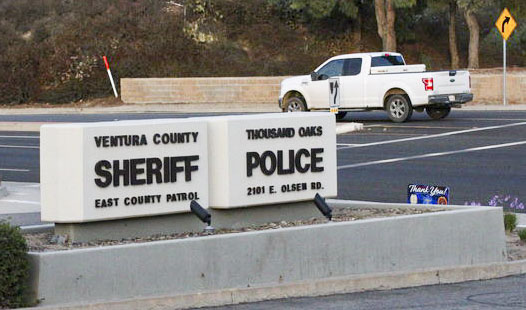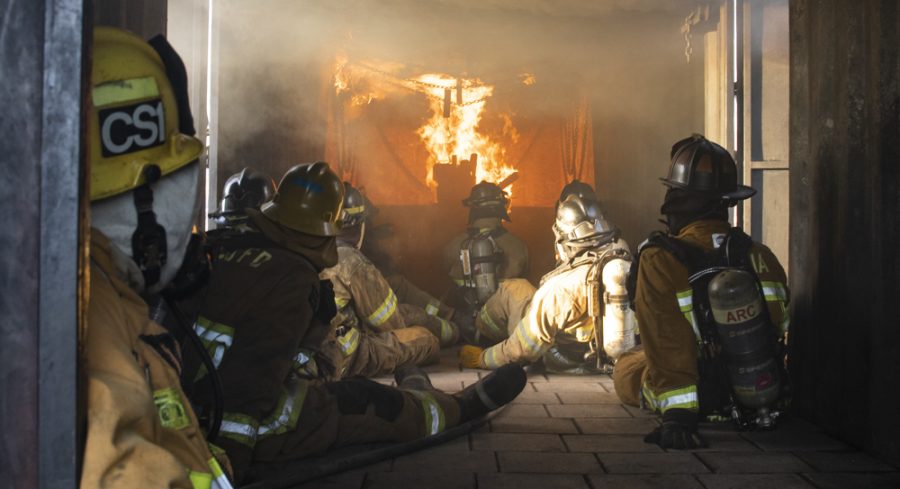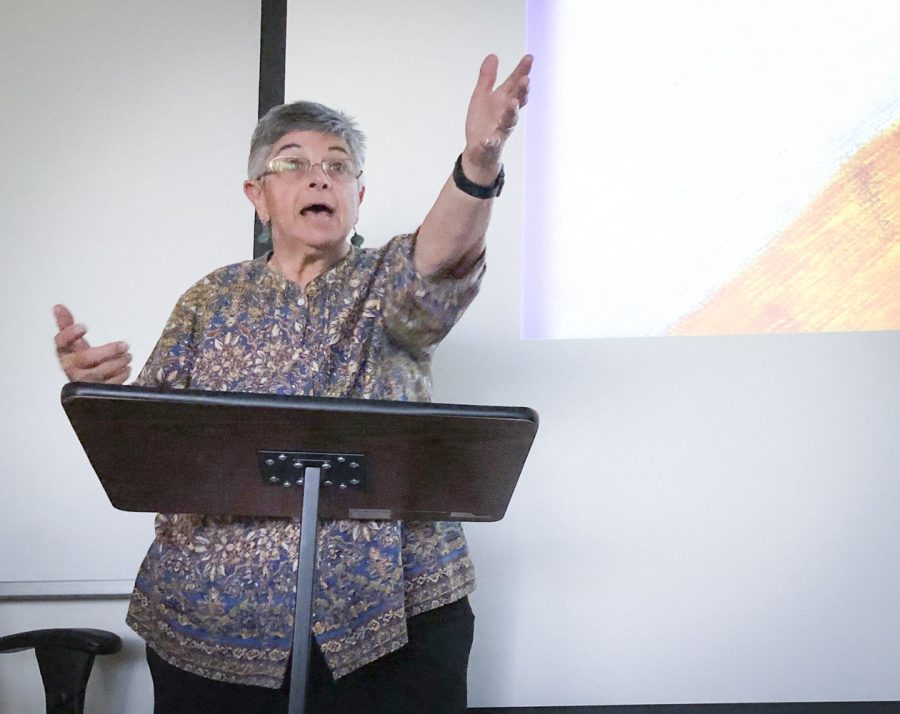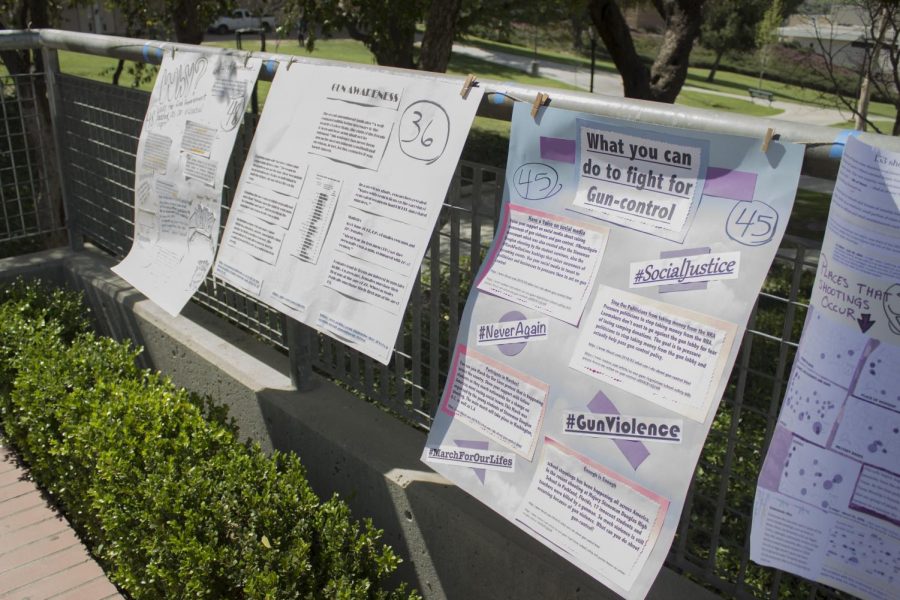It was a typical afternoon at 1:15 p.m. on Sept. 24, until ï¬re alarms sounded and smoke billowed while students evacuated the AC Building.
Elevators locked into position on the ï¬rst ï¬oor and the ï¬re department was notiï¬ed as
Lt. Greg Beckley of the Moorpark College Police Department responded promptly with other officers to ï¬nd most of the students already outside the building under the guidance of instructors knowledgeable in evacuation procedures.
Beckley described the culprit in this case to be burnt popcorn, which an instructor had left in a microwave too long.
“I don’t know if it was attended or unattended, but it got pretty smoky,” said Beckley. “All of our new buildings have extremely sensitive smoke detectors.”
Fireï¬ghters who arrived at the scene eventually removed the smoking microwave from the AC building and disposed of it off-site.
While the example above is one depicting what happened during a false alarm, campus emergencies can strike at any time. It is up to the individual student to be aware of the proper protocols to follow during a campus-wide crisis. Emergency procedures should be posted in every classroom. Beckley advised students to familiarize themselves with those documents, which contain information about evacuation zones and routes.
Additionally, Beckley said students should adhere to the instructions of safety officials before making any hasty decision to retrieve belongings from an evacuated building.
A cause of some confusion during evacuation procedures might be student response to alarm sirens being shut off. According to Beckley the alarm shut-off is not an indication that the building is clear to be re-entered.
“You should stay in the evacuation zones until you are instructed to re-enter the building and are given the verbal all clear,” said Beckley. “We’ll shut down the alarm once we get their to save our hearing, however the search for the element of danger is still on-going and everyone should stay in those zones until the official all clear is given.”
While on-going investigations of a possible dangerous situation continue, Beckley said the last thing safety officials need is for someone to slip back undetected into a building, believed to be evacuated, and become unknowingly trapped.
“There could be hidden dangers that we haven’t discovered yet because the search is still on-going,” said Becklely
Resources on campus evacuation procedures are available online as well as in classrooms. The campus emergency map can be located at the Moorpark College
Website at: http://www.moorparkcollege.edu/college_information/directions_maps_transportation/
emergency_map.shtml.
Additional information on procedures regarding medical emergencies is available on the Moorpark College Website at:
http://www.moorparkcollege.edu/assets/pdf/health_services/emergencyprocedures.pdf






